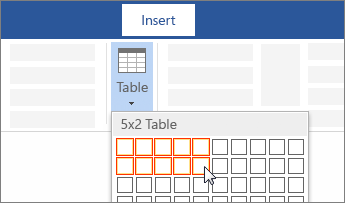
LibreOffice is Free and Open Source Software, available for everyone to use, share and modify, and produced by a worldwide community of hundreds of developers. Get even more features and document templates on our dedicated websites. With LibreOffice, you have maximum control over your data and content – and you can export your work in many different formats including PDF.īeyond the many features shipped by default, LibreOffice is easily extensible through its powerful extensions mechanisms. But LibreOffice goes much further with its native support for a modern and open standard, the Open Document Format (ODF). LibreOffice is compatible with a wide range of document formats such as Microsoft® Word (.doc. LibreOffice makes your work look great while you focus on the content, thanks to its powerful styles system and structuring tools. Your documents will look professional and clean, regardless of their purpose: a letter, a master thesis, a brochure, financial reports, marketing presentations, technical drawings and diagrams. Accept YouTube Content Great-looking, well-structured documents However, the tab characters will remain, which means you can create new or edit existing content for any tab-delimited columns.By clicking the button below you accept to view content from a third party site (YouTube) and for your personal data to be transferred and processed as indicated in the YouTube privacy policy. txt extension, your tab stops will be lost. Save the document with any file extension listed in the Save dialog's Type control. Type the second and remaining rows of content the same way you typed the first row. The new line has the same tab stops you created for the first row of columns. This moves the insertion caret to the next line. Press “Enter” after you’ve typed the content for the last column of the first row. Create the second and remaining columns as you made the first column, starting with typing the longest string that the second column needs to fit. Press “Tab” to move to the second column. The tab stop indicates where the first column’s right edge is, and where the second column’s left edge is. Release the mouse to insert a tab stop on the ruler. Drag the mouse until the line is slightly to the right of the last character in the word you typed. A vertical dotted line appears to indicate a column separator. Move your mouse over any point on the ruler, then press and hold the left mouse button. For example, if the longest string that you need the first column to hold is “supernal superfund,” type that string.Ĭlick the “View” tab if the ruler isn’t visible, and then click the “Ruler” checkbox to display the ruler.

Type the longest string of content that the first column needs to fit. Use the Home tab’s “Find” command, the “Pg up” and “Pg dn” keys, or other navigation keys to move to the place in the document where you want to make columns.


 0 kommentar(er)
0 kommentar(er)
